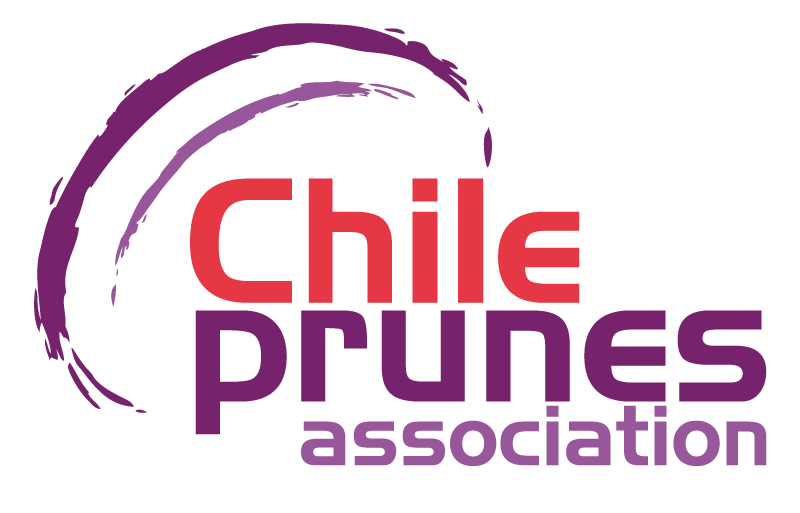The fruit grower and economist from the P. Universidad Católica de Chile, Juan Pablo Subercaseaux and who will be one of the speakers at the 10th. EXPO Prunes, organized by Chileprunes, anticipates what is coming for the industry in the short term.
One of the most relevant macroeconomic elements, for the entire export and import industry, is the projection of the exchange rate, advances the speaker of the event that will take place this Wednesday, March 22, at the Monticello events center, in the VI Region, meeting point for Chilean prunes growers.
Regarding the price of the dollar, which currently stands at over $800 pesos, Juan Pablo Subercaseaux envisions a rise in 24 months, which will place it close to $1,000, which will benefit exporters. This forecast is based on the higher interest on State debt, less investment, more “normal” copper values and due to the effect that changes in interest rates would have, where the United States is on the rise and Chile, which today has very high, it will go down gradually.
All these issues add to the global and national political and economic uncertainty, which has been maintained over time. As an example, Chile went, in 13 years, from having almost 20% of GDP in savings, to the current situation where there is 20% debt (a change of 40% of GDP), a new reality that forces us to allocate a percentage of our GDP to interest rate payments.
Another macro issue, relevant for the fruit industry -and to a certain degree of less relevance for dried plums, which are highly mechanized- is the increase in prices and the availability of labor.
The expert anticipates that some 500,000 people will return to work in Chile in the course of 2023, of which 8% should go to the agricultural sector, taking pressure off wages.
Subercaseaux makes a bit of history: in 2014 the shortage of labor in Chile was relevant, but that year Immigrants began to arrive, close to a million, in 6 years. This 5% increase in the national population had varied and marked changes in society. Initially, between 15-20% of seasonal agricultural workers were foreigners, with around 80,000 workers, a figure that today is estimated at only 60,000. They are mainly Bolivians, Peruvians and Haitians. Venezuelans, the main foreign colony in Chile, do not have a significant presence in agriculture, since they had high levels of training and were able to earn wages as middle managers and in permanent jobs.
Entering the area
Regarding prunes, the economist refers to two years with high international prices, which significantly exceed historical averages. This is mainly caused by lower supply in producing countries, caused, among others, by frost in France. “You have to be clear, it is a short-term issue, and that when the international situation is regularized, we will return to normal prices. This is a very important factor when making growth projections for new hectares, in addition to the fact that we are talking about a small global export and import market, without much growth.”
Regarding fresh exports, the economist points out that it is a market for a few. In order to have good returns on fresh exports to China, it is necessary to have microclimates that allow brix degrees to be reached very early. In addition to being very well located, cyanamide applications are required to advance its flowering and harvest. Only the first weeks of exportation achieve interesting returns that allow paying for a very expensive harvest and doing good business.
Fresh fruit can get good prices, but its fluctuations from year to year make it less attractive. China does not give certainties on the matter. Neither can all the production be exported, since adequate color and brix degrees are required. Return to producer is always a question mark.
In short, it is not an alternative for orchards in late zones and/or where there is no management to advance flowering.
They are a preview of the words of Juan Pablo Subercaseaux in an event that returns in person after three years, organized by Chileprunes, a union that groups more than 70% of the exports of said fruit.
“We want to invite the prunes industry, the entire production chain, producers, processors, exporters, suppliers, customers, institutions to save the date and participate again in a great event, this time called ’10 Expo Prunes, the Industry Reunion’. They will be able to find out about commercial and technical aspects, together with great exhibitors such as Juan Pablo Subercaseaux, and talk with their peers, to project and visualize the future of the sector in a good way”, says Pedro Acuña, executive director of Chileprunes.



